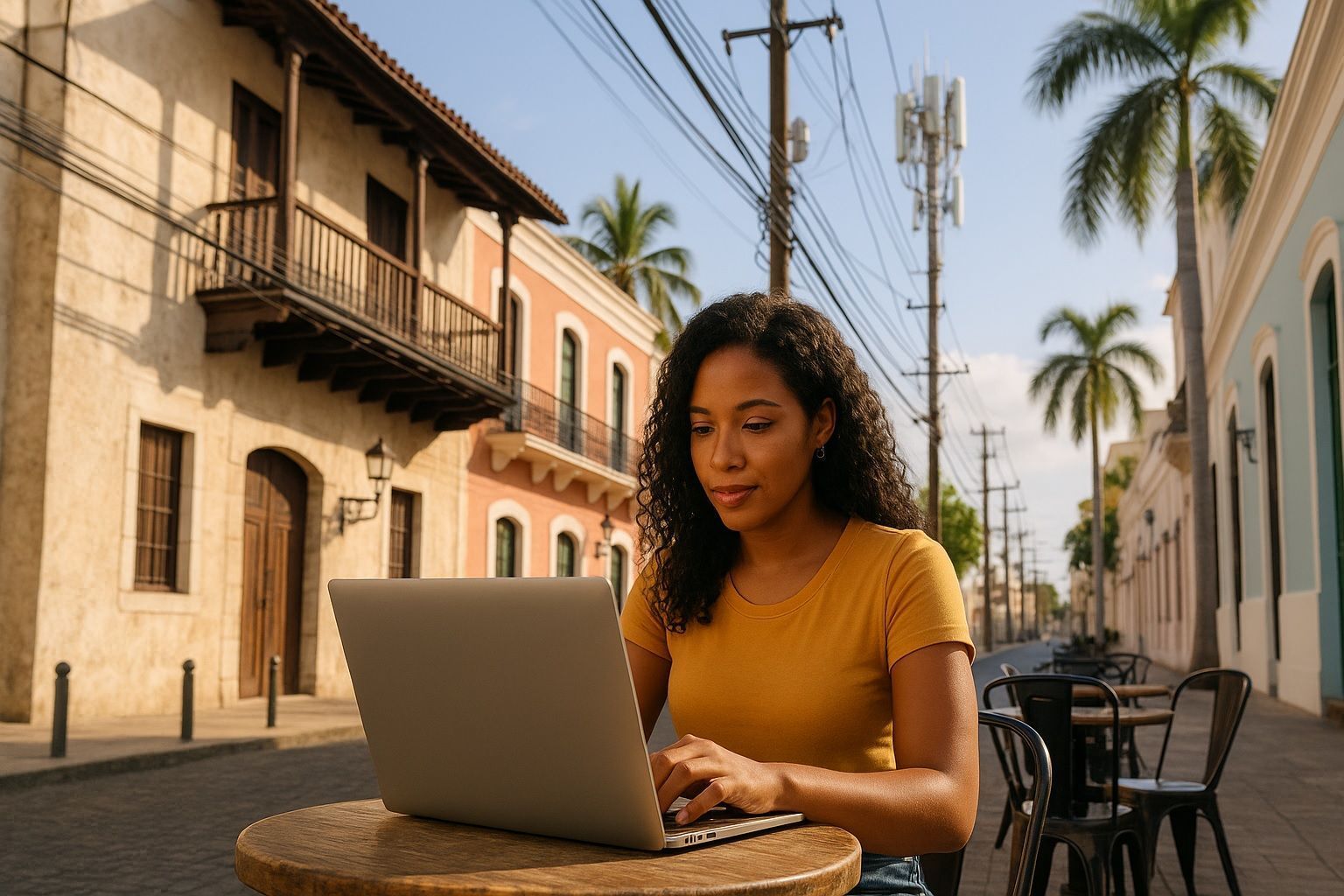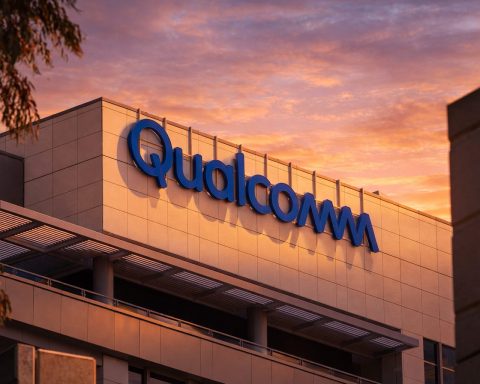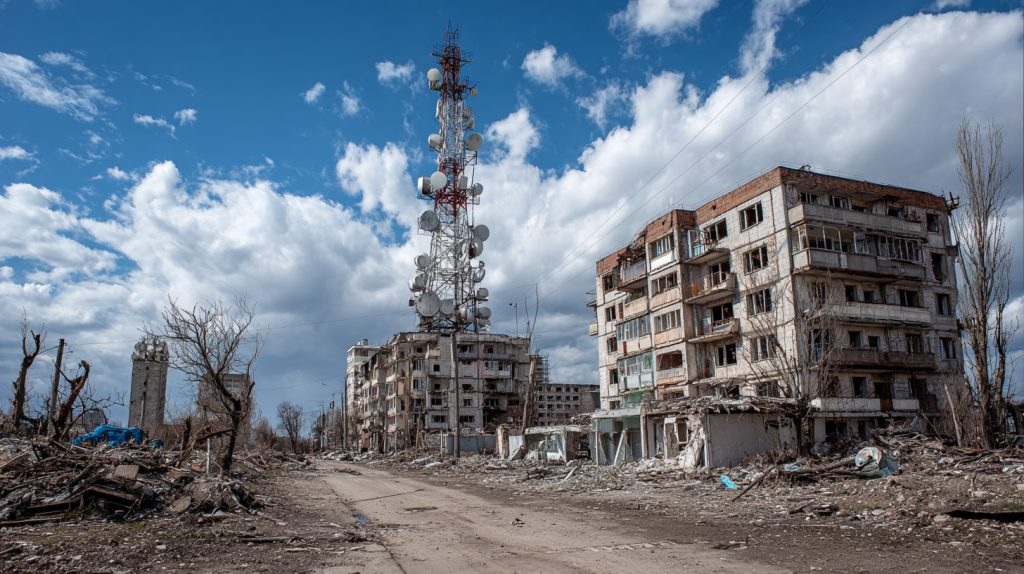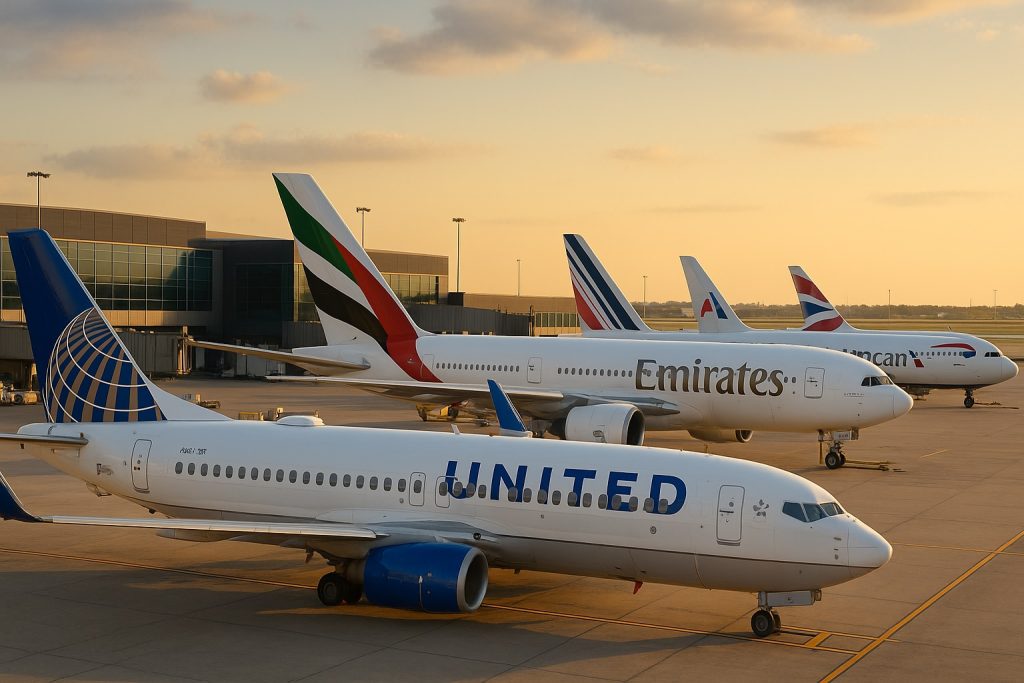Historical Development
- 1998 – Liberalization & INDOTEL: In 1998 the Dominican Congress passed Telecommunications Law 153-98, creating the Dominican Institute of Telecommunications (INDOTEL) as an independent regulator [1]. This law opened the market to competition, triggering a telecom boom. In the following decade nearly US$2 billion flowed into telecom/ICT, and competition forced prices down [2] [3]. INDOTEL’s mandate included promoting universal service and consumer protection [4].
- 2000s – Mobile & Broadband Growth: The 2000s saw rapid uptake of mobile networks (GSM/CDMA 2G, then 3G/4G) and the build‑out of fixed broadband (ADSL, cable, early fiber). By the mid-2010s, mobile penetration approached the population (over 90% of Dominicans had a mobile subscription) and broadband services proliferated in cities.
- 2010s – Fiber and Reform: Fiber‑optic networks were rolled out in major cities. INDOTEL created a Universal Service Fund (2% levy) to subsidize rural projects and education centers. The government also launched digital programs (e.g. E-Dominicana strategy) and introduced laws on e-commerce, cybercrime, and open data.
- 2020s – The Broadband Era: In 2020 President Abinader declared broadband Internet a universal right (Decree 539-20) [5]. Regulators also raised the minimum fixed‑broadband speeds (from 4 Mbps to 30 Mbps downstream) [6]. Today over 10.1 million Dominicans (≈89% of the population) use the Internet [7] – up from a tiny fraction in 2000 – reflecting this long-term expansion of connectivity.
Current State of Internet Infrastructure
Dominican Republic internet penetration is high (~89% in 2024 [8]), driven mostly by mobile broadband. As of mid-2023 there were 8.94 million mobile‑broadband subscriptions (about 73% of the population) versus only ~1.09 million fixed‑broadband lines (≈9%) [9]. Fixed broadband is available via fiber, cable and DSL in urban/suburban areas, while 4G/LTE mobile covers ~98% of the population [10] (4G “or better” at 97.6%) and 5G networks now cover roughly 54.9% of the country [11].
- Major ISPs (2024): The largest provider is Claro Dominicana (América Móvil) offering fiber‑to‑home, ADSL and 4G/5G mobile service [12]. Altice Dominicana (formerly Orange/Tricom) is another major carrier with fiber and cable broadband (up to 300+ Mbps) plus mobile service. Viva Dominicana (Telecable/Tricom legacy) provides 4G mobile broadband. Wind Telecom (Viva-Ventures/C&W) and Liberty (part of Cable & Wireless) have been expanding fiber networks in Santo Domingo and other cities [13]. Several smaller cable ISPs (e.g. Silvercable) serve niche markets. (In addition, Starlink now offers satellite service nationwide – see below.)
- Connectivity Types:
- Fiber‑Optic (FTTH): Widely deployed in cities by Claro and Altice, and now being extended to rural towns via government projects [14]. For example, a 2023 INDOTEL project (IDB‑funded) is bringing fiber to 23 southern municipalities (reaching ~142,600 people) [15].
- Cable/DSL: Legacy cable networks (e.g. Altice’s cable TV) and DSL over copper are common in suburbs and older areas, though many customers are migrating to fiber.
- Mobile Broadband (4G/5G): Dominates in areas without wired links. 4G LTE covers ~98% of Dominicans [16], and 5G is live in urban centers (as of 2024 covering ~55% of population) [17]. Carriers bid over US$74 million in 2021-22 for 5G spectrum [18], and roll-out began by 2022.
- Public Wi-Fi: INDOTEL operates a national Wi-Fi network – over 1,120 free hotspots nationwide by mid-2023 [19] – installed in parks, plazas (e.g. Plaza de la Cultura), schools and government centers. These hotpots provide up to ~60 Mbps to users [20].
- Speed & Cost: Fixed‑line speeds are improving: as of 2025 the average fixed broadband download speed was ~46.2 Mbps (placing the DR ~109th globally) [21]. Mobile customers see median download speeds in the 20-30 Mbps range. However, Internet remains relatively expensive. In 2023 the ITU estimated a “lowest-cost broadband basket” (2 GB data, 140min voice) cost US$29.10 – roughly 3.9% of GDP per capita [22]. This is above the “5% of income” affordability target, and partly explains why cost is the top barrier for many users.
- Typical Plans: Providers offer a range of plans. For example, shared fiber plans of 100-300 Mbps typically cost between US$30–50 per month. The government also subsidizes connectivity for low-income families: a 10 Mbps/1 Mbps residential plan is available at RD$299 (~US$5) per month (tax included) for qualifying households [23] – a huge discount enabled by INDOTEL funding [24].
Urban vs. Rural Access
There is a stark digital divide between cities and the countryside. In 2022, about 50.8% of urban households reported having Internet service, versus only 32.7% in rural areas [25] – an 18-point gap. Connectivity is highest in big cities (e.g. 67% of homes in Santiago are online) and lowest in remote provinces: for example, Elías Piña had only ~11.3% of households with Internet, Pedernales 12.5%, Independencia 15.8%, etc. [26]. This correlates with geography: border and mountainous regions (southwest and interior) still lack infrastructure.
The government has acknowledged this gap. Major INDOTEL projects have targeted rural areas: aside from the southern fiber rollout [27], a broadband expansion program (RD$19.38 M) in 2023 is extending fiber to 23 southern municipalities and 61 districts that previously had no fixed Internet [28] [29]. Ultimately, rural coverage remains far below urban – ongoing initiatives aim to narrow the divide through subsidies and new infrastructure.
Satellite Internet
Satellite service is emerging as a rural lifeline. Starlink (SpaceX) was the first high‑speed LEO service launched in the Caribbean; it received its Dominican license in March 2022 and began operations in July 2022 [30]. By mid‑2024 Starlink had about 17,780 Dominican subscribers [31], offering speeds often exceeding rural DSL. Starlink dishes (and other fixed VSAT kits) are now seen on remote homes and businesses, providing broadband in areas where fiber or cable never reached.
In addition, the government has partnered with geostationary satellite operators to reach rural schools. For example, in late 2023 Spanish provider Hispasat deployed three pilot “tele-education” satellite links to rural schools in provinces like San Pedro de Macorís, Independencia and Bahoruco [32]. (Only ~23% of primary schools nationwide had any Internet access [33].) These projects provide satellite Internet and Wi-Fi in areas with no other connectivity, extending online learning and digital services to hundreds of students [34] [35]. Such initiatives complement Starlink by targeting community infrastructure.
Government Policies and Initiatives
The Dominican government has launched an array of policies and programs to promote access and digital skills:
- Agenda Digital 2030: The national ICT roadmap (“Agenda Digital 2030”) aims to boost competitiveness and living standards via e-government, education, and infrastructure [36]. It sets targets for broadband expansion, digital literacy, cyber-security, and tech innovation. Experts note that continued funding and liberalization under this agenda should expand ICT opportunities [37].
- Regulation & Subsidies: INDOTEL has raised service standards (e.g. increasing minimum broadband speeds to 30 Mbps [38]) and requires providers to improve coverage. Importantly, the government decreed broadband access as a universal right (Decree 539-20, 2020) [39]. To make good on that promise, INDOTEL and international partners (IDB) launched projects like the Southern Fiber Initiative (RD$19.38 M) to bring high-speed fiber to underserved towns [40]. This project alone will extend service to ~145,000 people and provide free broadband to 343 public institutions (153 schools, 67 clinics, etc.) [41] [42].
- Public Wi-Fi: INDOTEL’s public Wi-Fi program has placed over 1,120 free hotspots across the country (as of 2023) [43]. These are located in plazas, cultural centers (e.g. Juan Pablo Duarte Plaza), parks and plazas – allowing residents to access broadband without cost. During a May 2023 launch, INDOTEL noted visitors can connect at up to 60 Mbps [44].
- Digital Literacy & Inclusion: The government supports computer labs and training in poor areas. Since the late 2000s, the Centros Tecnológicos Comunitarios (CTCs) program has built dozens of community tech centers (free Internet and classes) in rural and low-income districts [45]. (By 2013 there were ~93 CTCs, each offering Wi-Fi, computers and educational courses [46].) Schools, prisons and senior centers have also received ICT training initiatives. For example, in 2025 INDOTEL and the OAS discussed new programs to “reduce the digital divide” in vulnerable communities [47]. The Ministry of Education has likewise launched online learning platforms and aims to equip 1,000+ Wi-Fi‑enabled schools nationwide.
- Regulatory Bodies: INDOTEL is the telecom regulator; other bodies include the National Commission for InfoSociety (CNIS), the presidency’s ICT office (OPTIC), and the Ministry of Education. They coordinate on e-government (the “Cajita Digital” portal provides e-services), cybersecurity laws, and open-data initiatives. TAX incentives are offered to fiber projects and ICT R&D under free‑trade and tourism laws, encouraging infrastructure investment.
User Experience and Digital Inclusion
Despite progress, many Dominicans still struggle with affordable, reliable connectivity. A 2024 national survey highlights key issues [48]:
- Affordability: The cost of service is the top reason cited for disconnecting. 35.5% of households that went without Internet in 2022 said “high price” was the main barrier [49]. (By contrast, only 1.3% cited lack of local availability.) To help, INDOTEL’s subsidized plan (RD$299 per month) targets poor families, and some providers offer discounted packages for students or community centers.
- Equipment: Expensive devices are another hurdle: 19% of surveyed households listed high device cost as an obstacle [50]. In response, programs like Cajita Digital have provided tablets or laptops in schools and social programs. Notably, 98% of Dominican households own some type of internet-capable device [51], but 1/3 report that their connection is still inadequate or their equipment outdated [52].
- Digital Skills: A portion of the population simply lacks training: about 9.5% of households say they don’t know how to use the Internet [53]. Women and the elderly are especially affected. Public programs (CTCs, senior centers, prison training) offer basic computer courses. The government has also collaborated with international agencies (ITU, OAS) to expand digital literacy.
- Quality of Service: While urban users can get fiber or cable speeds, many rural users rely on 4G or even 3G connections that can be slow or congested. Speed tests often show variability. Addressing quality is a priority: the new 5G and fiber projects aim to deliver “broadband quality” Internet nationwide. In surveys, a notable share of users say they lack stable, high-quality connectivity [54], underscoring the remaining divide.
Future Trends
Looking ahead, the Dominican Republic is poised for continued connectivity growth:
- 5G and Mobile Evolution: Both Claro and Altice have launched 5G networks. Spectrum auctions (2021–22) allocated 700 MHz and 3.3–3.5 GHz bands to these carriers [55]. By 2024, roughly 54.9% of the population is within 5G coverage areas [56]. INDOTEL projects further rollouts to reach all major towns by 2025. Eventually, 5G could enable widespread Internet of Things (IoT) applications (smart agriculture in rural areas, e-health, etc.).
- Broadband Expansion: Government plans call for nationwide high-speed Internet. In 2025 INDOTEL launched another project plan (US$20M) for fiber to 145,000 southern residents [57], and more rural broadband tenders are expected. A new TAM-1 submarine cable (Trans-Americas) is under construction (landing in Punta Cana), which will further increase capacity and potentially lower international bandwidth costs. Existing cables (ARCOS-1, Antillas, Fibralink) give the DR robust international links; Liberty/C&W has indicated major investment (~US$250M) to upgrade cable infrastructure through 2025 [58].
- Private Investment & Innovation: Teleco companies continue to invest heavily. Liberty announced a US$250 M Caribbean broadband upgrade, Altice and Claro each invest in network densification, and local ISPs are deploying fixed wireless for remote areas. Emerging sectors – fintech, e-health and online services – are fostering demand. The 2025–26 INDOTEL development plan (pending) focuses on smart city trials in Santo Domingo, as well as promoting local tech startups. In line with Agenda Digital 2030, future policies will encourage 5G‑advanced, edge computing and even 6G R&D.
- Closing the Digital Divide: Finally, bridging the urban-rural gap remains a national goal. International partners (IDB, World Bank) are likely to fund more rural ICT projects. Satellite networks (Starlink and future LEOs like OneWeb) will keep pushing into the most isolated areas. On the ground, expanded CTCs and teacher training programs aim to build digital skills countrywide. All these trends – massive fiber buildouts, new wireless technologies and targeted social programs – suggest that the Dominican Republic’s digital revolution is accelerating, increasingly bringing “paradise” online for all citizens.
Sources: Official government and industry reports, news releases, and international data [59] [60] [61] [62] [63] [64] [65] [66], among others.
References
1. a4ai.org, 2. a4ai.org, 3. a4ai.org, 4. a4ai.org, 5. dominicantoday.com, 6. nearshoreamericas.com, 7. datareportal.com, 8. datareportal.com, 9. www.trade.gov, 10. www.worlddata.info, 11. www.worlddata.info, 12. nearshoreamericas.com, 13. nearshoreamericas.com, 14. dominicantoday.com, 15. dominicantoday.com, 16. www.worlddata.info, 17. www.worlddata.info, 18. www.samenacouncil.org, 19. indotel.gob.do, 20. indotel.gob.do, 21. www.worlddata.info, 22. www.worlddata.info, 23. dominicantoday.com, 24. nearshoreamericas.com, 25. dominicantoday.com, 26. dominicantoday.com, 27. dominicantoday.com, 28. indotel.gob.do, 29. dominicantoday.com, 30. blog.telegeography.com, 31. blog.telegeography.com, 32. blog.hispasat.com, 33. blog.hispasat.com, 34. blog.hispasat.com, 35. blog.hispasat.com, 36. www.trade.gov, 37. www.trade.gov, 38. nearshoreamericas.com, 39. dominicantoday.com, 40. dominicantoday.com, 41. dominicantoday.com, 42. nearshoreamericas.com, 43. indotel.gob.do, 44. indotel.gob.do, 45. rising.globalvoices.org, 46. rising.globalvoices.org, 47. dominicantoday.com, 48. dominicantoday.com, 49. dominicantoday.com, 50. dominicantoday.com, 51. dominicantoday.com, 52. dominicantoday.com, 53. dominicantoday.com, 54. dominicantoday.com, 55. www.samenacouncil.org, 56. www.worlddata.info, 57. dominicantoday.com, 58. nearshoreamericas.com, 59. a4ai.org, 60. dominicantoday.com, 61. nearshoreamericas.com, 62. www.worlddata.info, 63. blog.telegeography.com, 64. dominicantoday.com, 65. indotel.gob.do, 66. blog.hispasat.com










